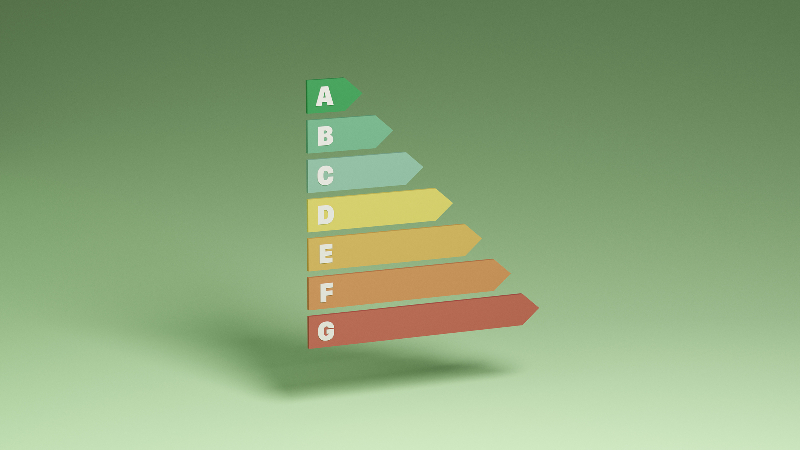
While it has been widely claimed that consumers are increasingly concerned about sustainability, there remains disparity between the number of people who want to buy eco-friendly products and that of those who actually do so.
According to Mintel’s Global Outlook on Sustainability: A Consumer Study 2024-25 report, upcycling is “still quite a novel concept” in beauty and personal care (BPC).
The report is based on a global survey involving 10,000 consumers across 10 markets. For Asia-Pacific, it covers Japan, China, and India.
In addition, the market intelligence agency’s Global New Products Database (GNPD) indicated that only 0.7% of launches in the BPC sector between January and June 2024 have upcycled ingredient claims.
“Upcycled beauty is not losing steam, but it remains an emerging concept for now. There’s a significant opportunity for brands to explore upcycling more, tapping into efficiency, waste reduction and circularity, but consumers will need to be better informed to increase awareness and appeal of this novel category.
“Considering growing skepticism around sustainability claims, brands must validate upcycling as a concept through education, transparency, and demonstration of benefits,” Richard Cope, Senior Trends Consultant at Mintel and author of the report, told CosmeticsDesign-Asia.
He added that the cosmetics industry “needs to catch up on the interest in on-pack sustainability ratings”.
Importantly, 31% of surveyed BPC consumers globally think that a simple rating scale showing a product’s environmental impact would most influence their purchasing decision.
“Taking inspiration from nutrition ratings in the food and beverage industry, on-pack scoring — for example, a traffic light or numerical scale — can simplify sustainability statistics. This would make information, such as carbon emissions and impact on wildlife, more accessible.”
Room for growth in Asia
Currently, some of the most significant activities in upcycled beauty are taking place in Europe.
Based on data cited by Cope, innovation has been more concentrated in the UK (1.9% of BPC launches in 2024), US (1.5%), Germany (1.5%), France (1.3%), and Japan (1%).
Prominent brands that have a focus on upcycling include beauty giant Coty. In 2021, the firm “took upcycling into the prestige segment” when it launched its Infiniment range of fragrances made using upcycled alcohol.
Another example is UK skin care brand UpCircle, which highlights upcycled ingredients on product packaging and is transparent about the sources of these ingredients. Its Face Moisturiser uses upcycled argan powder from a women’s cooperative in Morocco.
Among the surveyed BPC consumers who follow trends and lead household purchases, 45% of them think that using by-products from production processes as fertiliser or fuel has a high positive impact on the environment, compared to 36% of all consumers.
As for the BPC purchase decision-makers in Asia, the number rises to 83% in China, 81% in India, and 75% in Japan.
“It is also notable that 26% of BPC consumers have bought a used or repurposed tech product instead of a new one, compared to just 18% of all consumers. This suggests that upcycling can be a viable solution for cosmetic brands,” Cope added.
